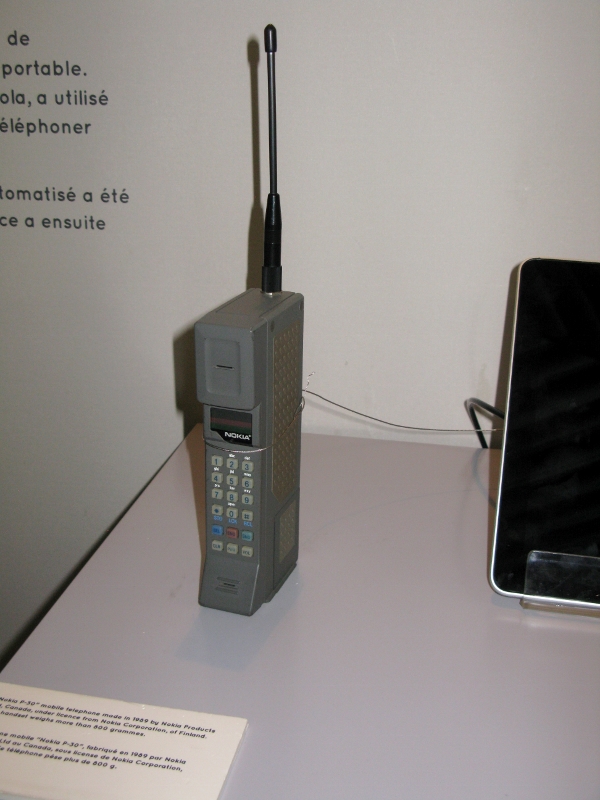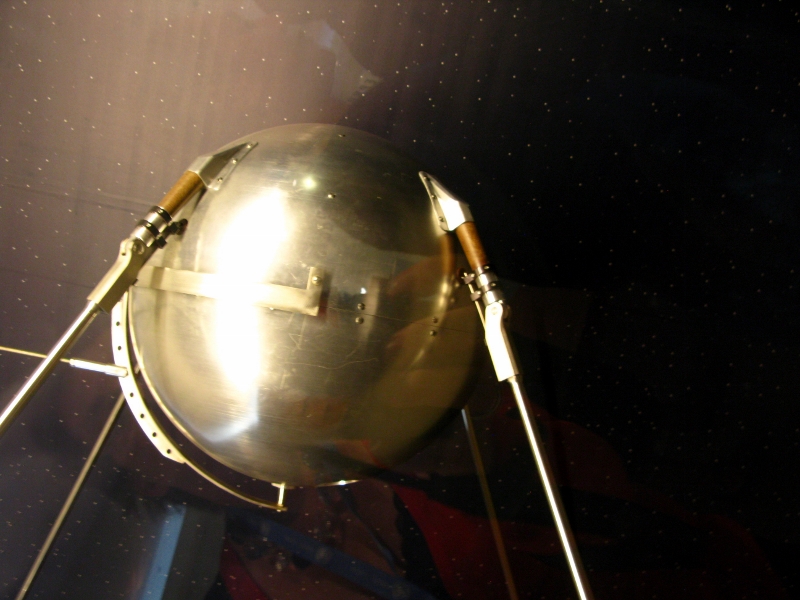I’ve never given much thought to the evolution of modern telecommunication save to marvel at how clever my smartphone is (and I can safely say that I am only using it to about a tenth of its full capacity). I am old enough to remember the old dial-up phones with receivers so heavy that you needed a shelf nearby on which to rest that elbow. I can still recollect the freedom that came with the advent of the cordless phone and the even greater sense of freedom I experienced when I realised that it worked outdoors, too. As for the mobile phone… I can remember the brick my mate Gerry had in Dublin back in the late 1980s – one of the first car phones – I never did think it would catch on. Today, my phone would talk to me, if only I could find the button to press to make this happen.
At the heart of global telecommunications sits the ITU (the International Telecommunication Union), one of the oldest international organisations in Geneva. Its job is to connect all the world’s people… [to] allocate global radio spectrum and satellite orbits, develop the technical standards that ensure networks and technologies seamlessly interconnect, and strive to improve access to ICTs to underserved communities worldwide.
In Geneva as part of the policy immersion phase of the Capacity Development Programme in Multilateral Diplomacy for Pacific Island States, a visit to the ITU was on our agenda. And it was fascinating.
This fully interactive exhibition – ICT Discovery – maps the progress of telecommunication through the years. And perhaps unusually, it encourages visitors to touch and feel and poke and press. You can pick up a tablet at the start and compete against others in the gaming area or simply wander through the 90-minute tour, engaging with each element as you move along. It’s well signposted and very detailed. The years fell away when I saw the Nokia P-30, which came out in 1989, and weighed in at a hefty 800 grams (nearly like holding a bag of sugar to your ear). Or the Amstrad PPC512 from 1988, with its 8 MHz processor, 52 kB memory, 9-inch screen (non-backlit LCD), two floppy disk drives and one hour of battery life. And in 1988 it was a marvel. PPC stands for personal portable computer, by the way… and here I am complaining about the weight of my laptop.
Seeing the evolutionary path of technology laid out in one room is really quite impressive. We tend to take so much of it for granted even if stopping occasionally to marvel would give us a healthier appreciation for just how good we have it. The replica of Sputnik 1, the first satellite in orbit around the Earth, launched back in 1957, is a sight to behold. I’d imagined it to be much bigger than its 58 centimetres. To see something of its size and realise that during the 92 days it was in orbit, it went around the Earth 1440 times… and then to realise that this happened more than 50 years ago? The mind boggles. And a quick view into the future was equally jaw-dropping.
Being in the company of Pacific Islanders – from Fiji, Vanuatu, Cook Islands, Samoa, and Solomon Islands – made it even more inspiring. For them, a region that includes ca. 30,000 islands in the Pacific Ocean, only 2000 of which are inhabited, communication is vital. Eighteen countries and territories lay claim to a total of 550,000 square km of land spread over 180 million square km of ocean, comprising 36% of the Earth’s surface. With these distances in mind, good telecommunication can literally be a matter of life or death.
If you’re in Geneva, check it out. ICT Discovery, ITU, 2 rue de Varembé, Geneva +41 22 730 6155 info@ictdiscovery.org The tour is free but reservations are required.
Share this:
- Click to share on Twitter (Opens in new window)
- Click to share on Facebook (Opens in new window)
- Click to share on Pinterest (Opens in new window)
- Click to share on LinkedIn (Opens in new window)
- Click to share on Reddit (Opens in new window)
- Click to share on WhatsApp (Opens in new window)
- Click to share on Pocket (Opens in new window)
- Click to share on Telegram (Opens in new window)
- Click to email a link to a friend (Opens in new window)











3 Responses
A nicely written 360° on the topic. As a social species, communication between other people has always been very important. Even using smoke signals or drums.
But, yes sorry for this “but”, a phone is not clever. The hardware and software engineers that develop such devices are clever. That is, people are clever. But the hardware and software people develop are not. A phone, even a “smart-phone”, is still a bunch of rocks in a box without good software. When a phone gets clever, and heaven forbid if something in my pocket gets sentience and decodes to create an army of terminators, we should all start to worry. 🙂
I meant “decides” not “decodes”. See, even spell check is not clever. 🙂
Worked with a scientist once on a TED talk who reckons that in the future, phones and the like will be able to clone. Was way over my head but he seemed pretty certain.